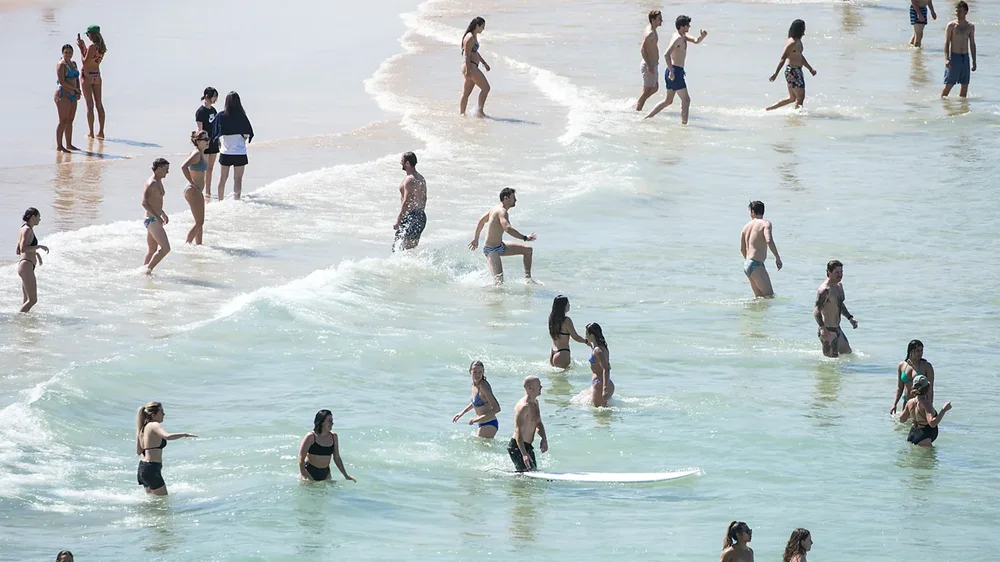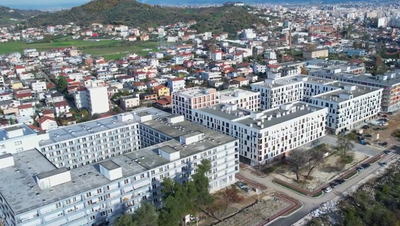
Climate change is rewriting the rules of travel planning – and travelers must adapt
Traditionally, the “best time to visit” meant peak tourist season: a period with good weather and easy opportunities to enjoy experiences. Over time, advice became more specific – a guide to Italy might recommend April or October for fewer crowds, February for the Venice Carnival, or January for skiing in the Dolomites. But these suggestions often assumed that the seasons would behave as they always have – something that is no longer certain today.
The journalist who traveled to Nepal this April and May, a period known as the ideal season for mountain trekking, found a completely different reality: polluted air with limited views, untimely monsoon rains and unpredictable weather. The phenomenon is not limited to Nepal. Australia marked its hottest March on record, Japan has seen record-breaking early cherry blossoms, while around the world summers are getting longer, winters are getting shorter and “false springs” have become routine.
Jonathan Erdman, senior meteorologist at Weather.com, points out that global warming since the 1980s is making heat waves, droughts and floods more frequent and severe — especially during the summer, when travel is at its peak. But the unpredictability is extending throughout the year, bringing extended periods of abnormal weather even in the “in-between” seasons.
For local tour operators, this has led to great uncertainty. Juliana Shrestha, co-founder of Duluwa Outdoors in Nepal, says she used to be able to confidently recommend a snowshoe trip in December, but now she can’t guarantee the conditions. Part of the problem, she says, is a lack of up-to-date information and the fear of big operators scaring away customers.
Experts point out that the gap between expectations and reality is deepened by idealized perceptions of destinations, fueled by social media, and a lack of transparency. Many travelers plan months in advance, unaware that their destination could face temperatures above 40°C or unexpected rainfall.
The message is clear: the weather is not what it used to be, and travelers need to be prepared for every scenario. “We just don’t know anymore,” says Shrestha — a phrase that is becoming increasingly common in the travel world.






















